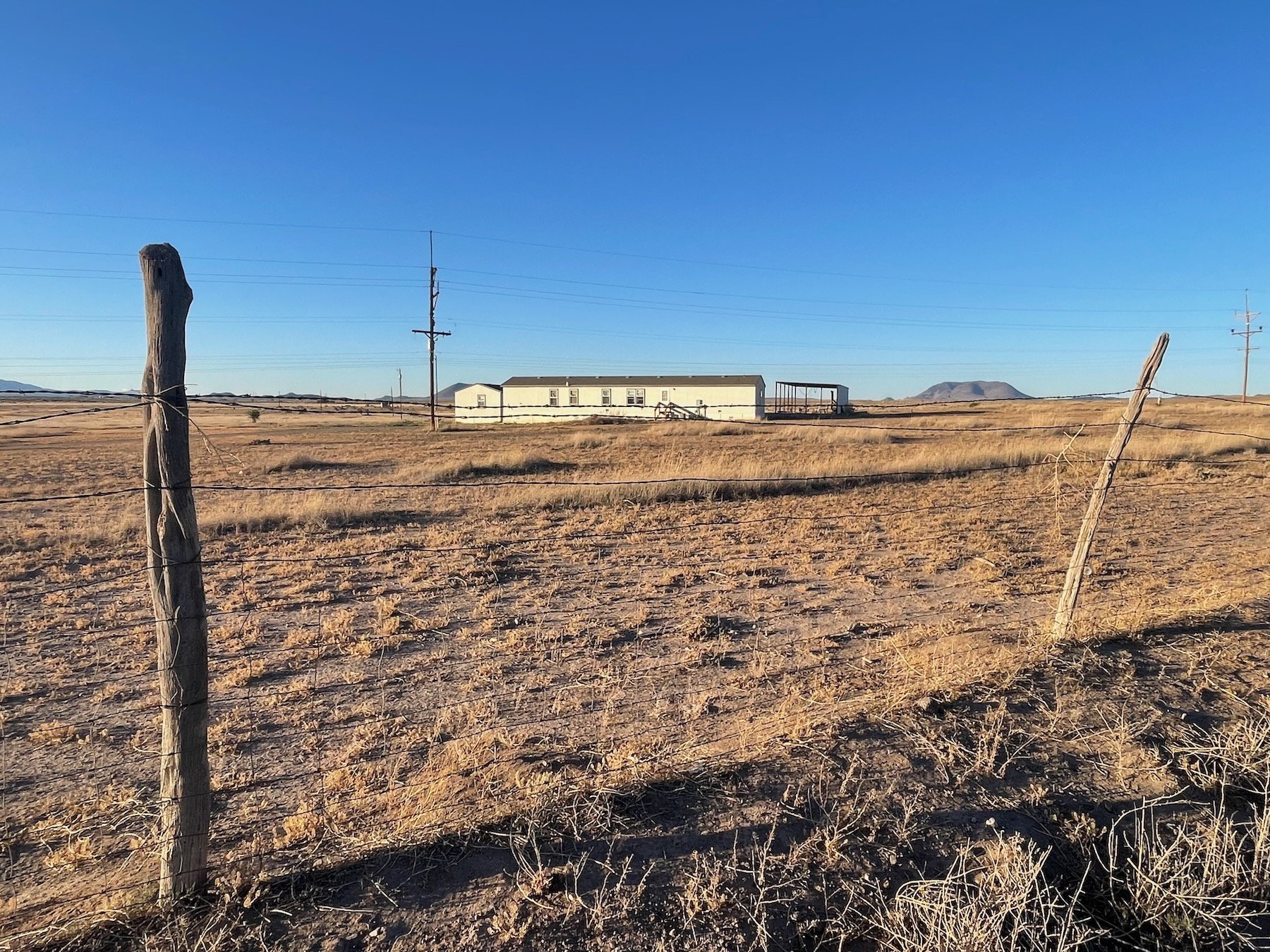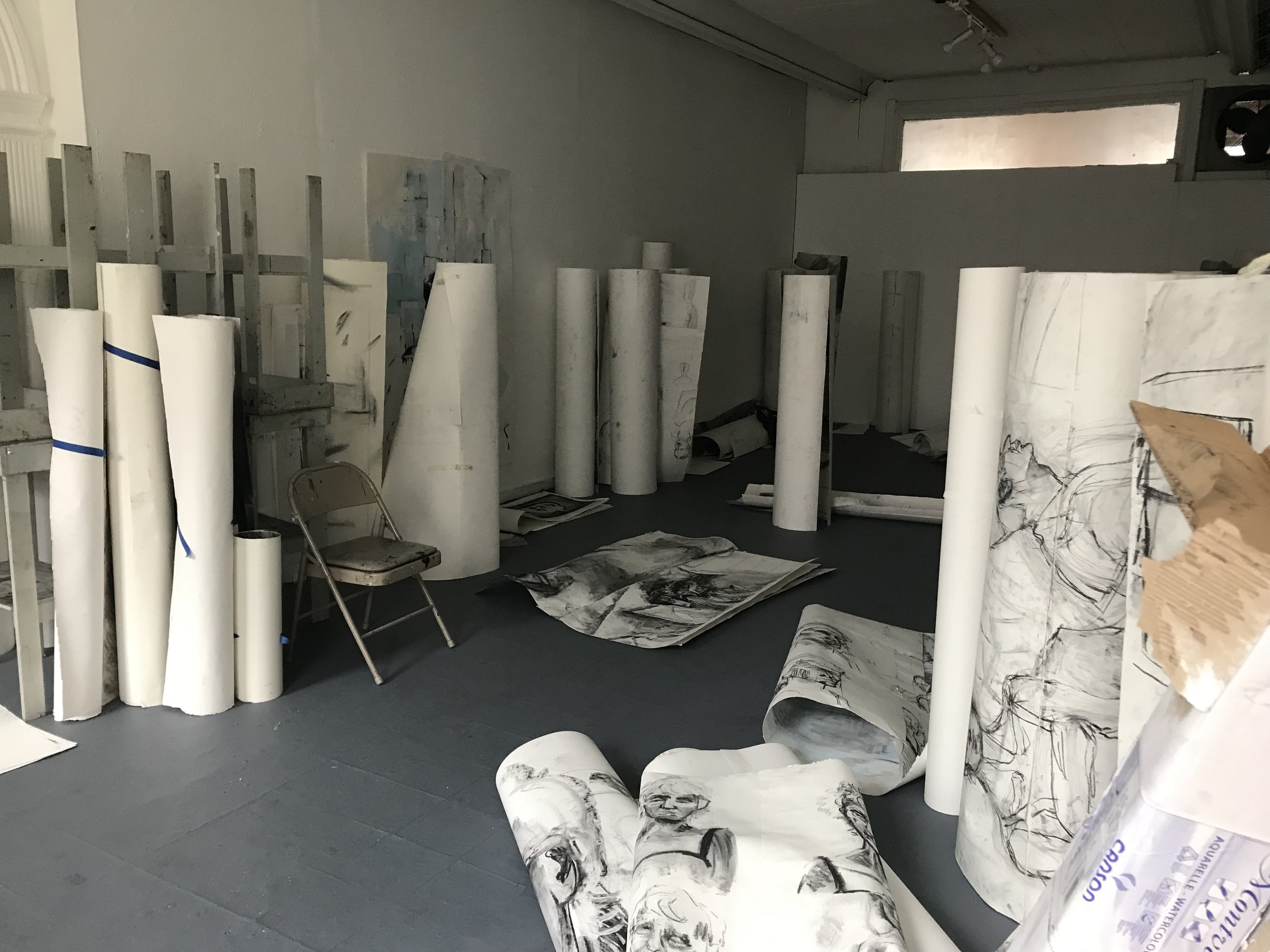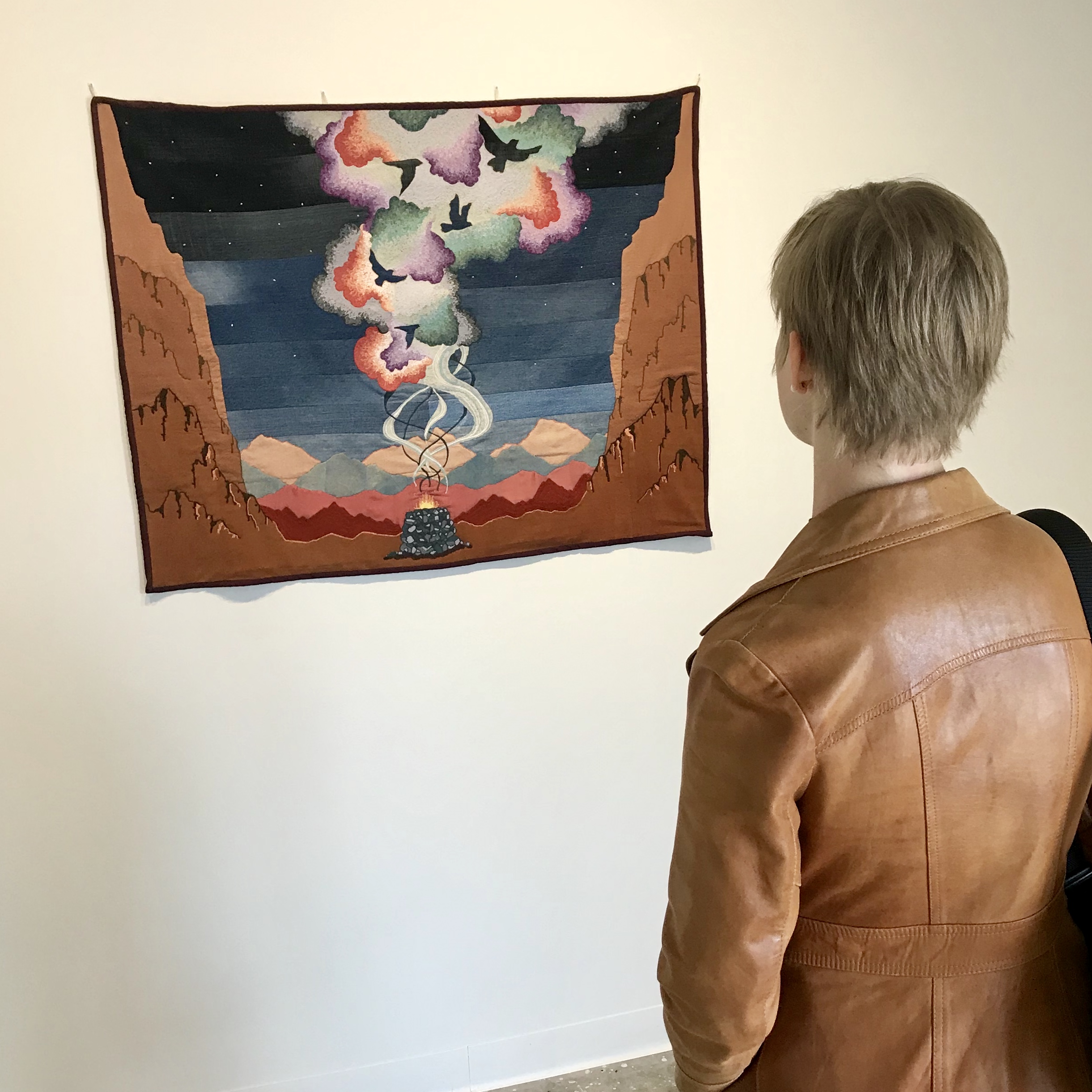During one of the critiques Graham argued that most artists can be separated into two groups: “image makers” and “image searchers”. Picasso was an “image maker”. Cezanne was a “image searcher”. I am interested in exploring this concept… if you have any resource suggestions or opinions of your own, please share in the comments below.
Prior to the Drawing Marathon, I struggled with how to start. I thought it was essential to begin with a specific idea or concept. Working without a plan seemed frivolous or half assed. I was wrong. A drawing is legitimate even if its story is not apparent when the process begins. In other words, a work is no less powerful if its meaning is uncovered after the work has already begun.
The biggest surprise and greatest growth opportunity was the night I volunteered myself to demonstrate the next day’s assignment (draw a crowd using the the 10 heads we drew over the weekend) in front of the entire class. I had no idea what I was getting into. At most, I thought I would be sticking a couple of small drawings onto a larger piece of paper with tape and drawing a few planes and shapes to create the groundwork for a composition.
I was incorrect. After somewhat haphazardly throwing my 10 heads onto the massive blank sheet of paper, I waited for Graham’s instructions. Comfortably wearing jeans, a long sleeve shirt, and a jean jacket, I had no idea I was about to draw vigorously across the sheet and nervously build a sweat for the next hour. Graham told me to redraw several of the heads 2-4x their size, add figures, hands and feet. I ran out of charcoal almost immediately. The TA’s helped me flip the drawing upside down two different times as directed. By the time I was finished, I had drawn for at least an hour in front the whole class. Prior to that I had never drawn in front of another person for more than 5 minutes.














